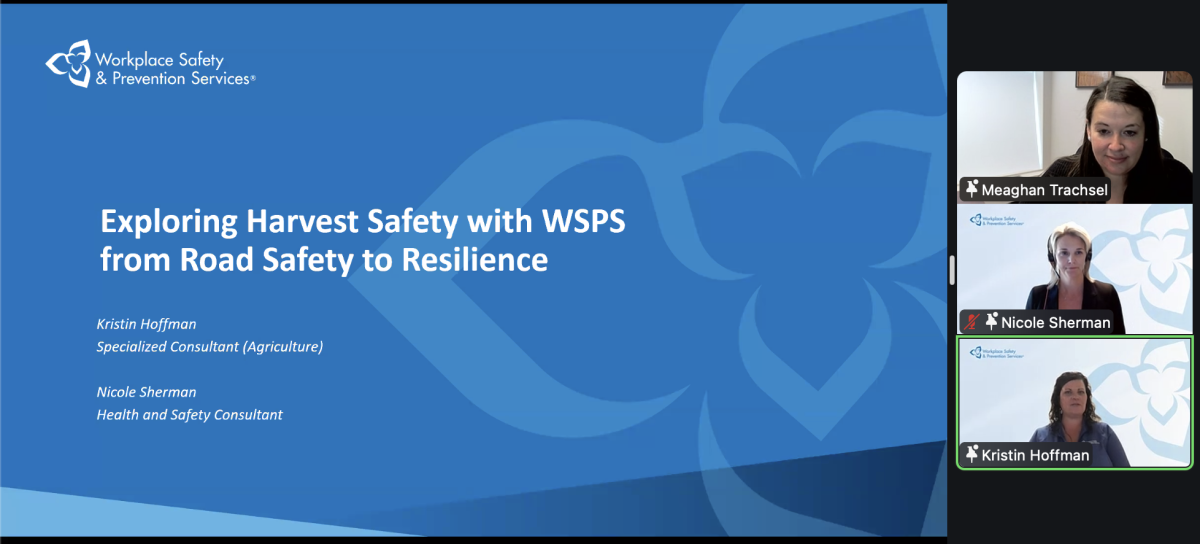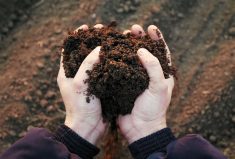Plans to set a market price for carbon and a domestic carbon emissions trading market include a place for farm projects, the federal government confirmed Monday.
Environment Minister John Baird on Monday released the government’s greenhouse gas regulatory framework, which includes new regulations on Canada’s oil sands, coal power and other industries as well as a carbon market system meant to provide financial incentives for Canadians to pull back their level of greenhouse gas emissions.
Details on eligibility requirements and application processes to take part in Canada’s carbon offset system will be released as a series of guidance documents later this year, the government said.
Read Also

Exploring Harvest Safety
Kristin Hoffman of WSPS explains measures for increased farm safety around harvest season
Generally, the government said, the offset system “is designed to encourage cost-effective domestic greenhouse gas reductions or removals in activities that are not expected to be covered by proposed industrial air emissions regulations.”
Eligible projects “must achieve real, incremental, quantified, verifi ed and unique reductions of greenhouse gases.” Environment Canada must approve the protocol by which a project’s offsets are quantified. The department will also register projects, certify greenhouse gas reductions and issue the offset credits. One credit will represent one tonne of carbon dioxide equivalent, the department wrote.
Farmers can take part in “sink projects,” a category in which GHGs are either removed from the atmosphere and stored in soil, trees or other reservoirs, or not released into the atmosphere from a reservoir such as a forest.
On-farm sink projects could include the following types of land management practices, the department said:
- reducing tillage operations;
- adopting crop rotations and grazing management practices that sequester more carbon in soil; or
- increasing the use of permanent cover.
Other projects eligible for carbon offsets may involve:
- biodigesters, which capture or use of methane generated from livestock waste;
- biofuels;
- nutrient management, including manure storage or spreading; or
- innovative feeding of livestock.
Guidance documents for protocol developers, project proponents and verification bodies involved in the carbon offset process will be published this spring and summer, the department said. It plans to start reviewing quantification protocols this summer and project applications in the fall.















